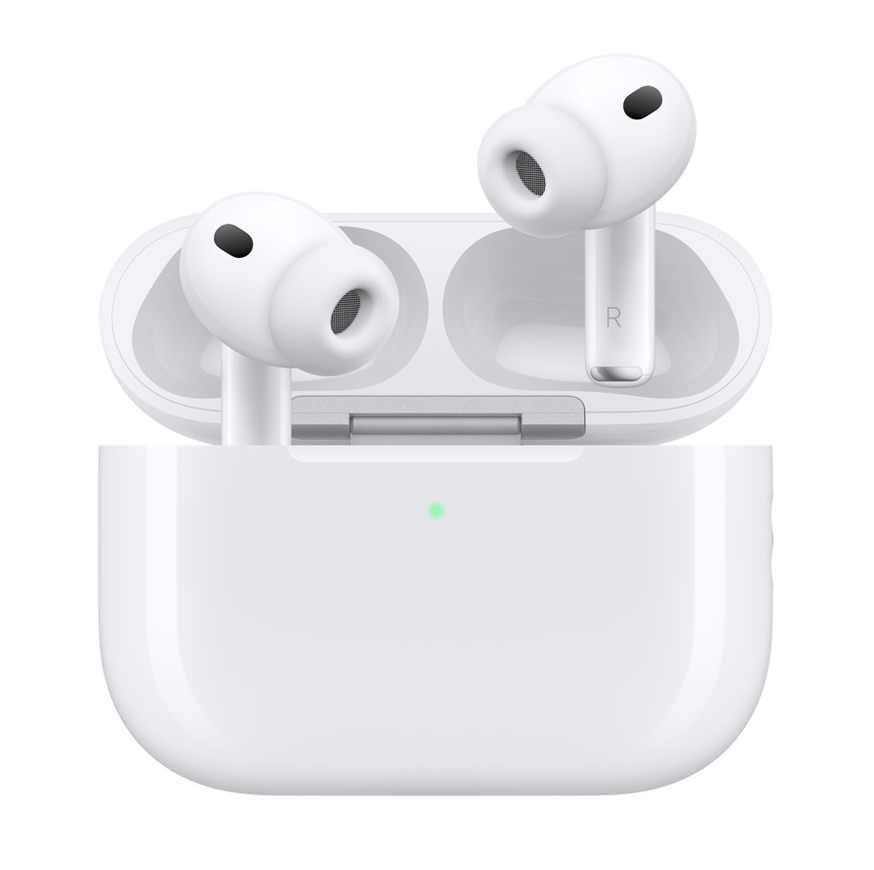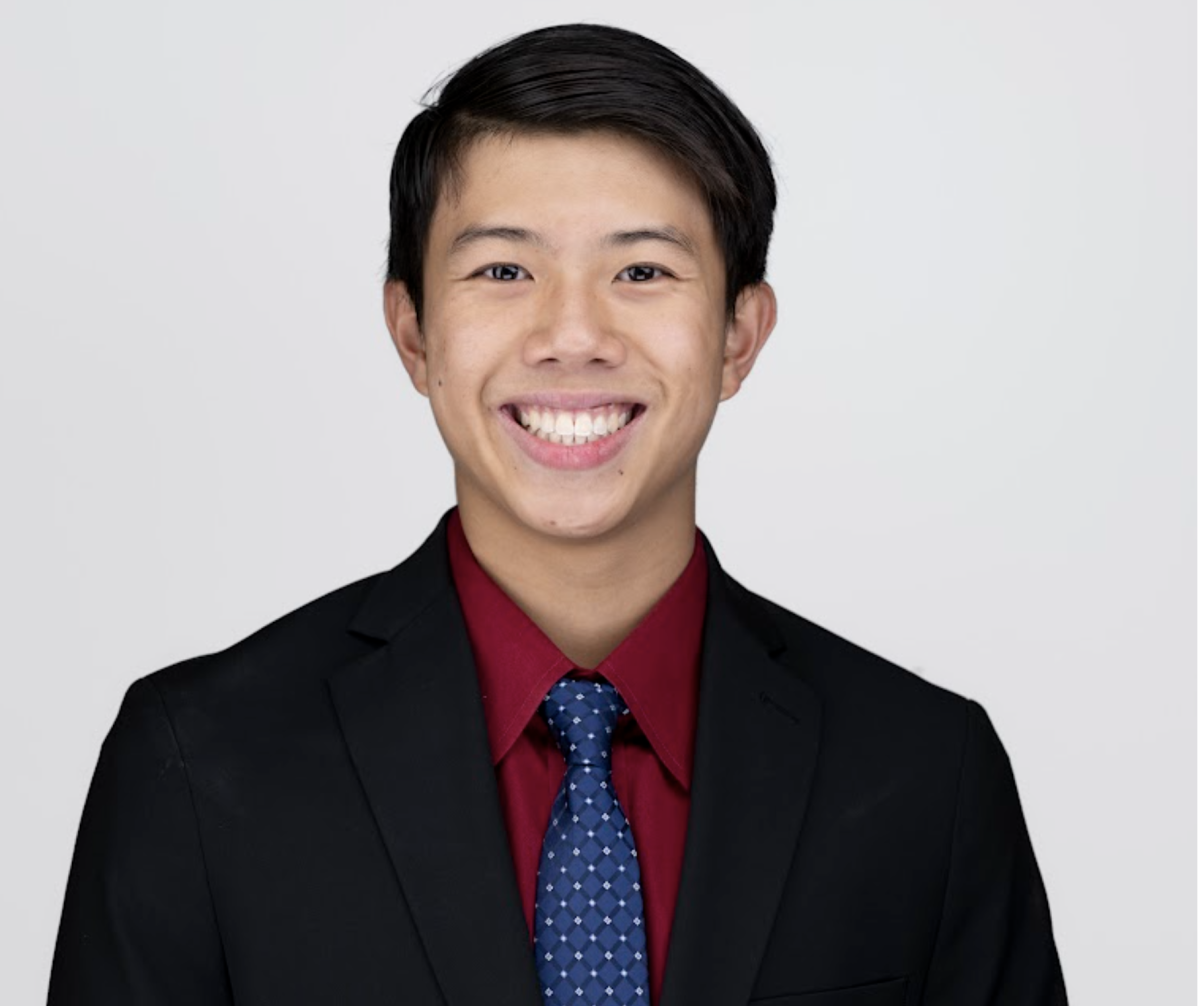In a world where technology continues to shape our lives and redefine the boundaries of what’s possible, OpenAI has taken a giant leap forward with the announcement of DALL-E 3. This latest iteration of their revolutionary image generation model aims to change the game, promising seamless integration with their widely used product ChatGPT.
DALL-E is a state-of-the-art image generation model that has gained immense popularity over the past year due to its use in various image generation tools like Midjourney and Lexica. These tools have brought creativity to new heights, enabling users to transform their ideas into stunningly accurate images.
DALL-E 3 represents a significant advancement over its predecessors. It understands nuances and details to an unprecedented extent, making it easier than ever to translate ideas into precisely accurate images. This latest version addresses the biggest issue with text-to-image systems – the need for prompt engineering.
Prompt engineering is the process of crafting precise textual instructions for AI models. It requires a deep understanding of art theory, and a systematic approach to defining the elements, styles, and modifications to get the desired image. This process can be challenging and may take multiple iterations to achieve the desired result, making it a potentially time-consuming endeavor for those seeking to create compelling AI-generated art. DALL-E 3 aims to solve this issue.
One of the standout features of DALL·E 3 is its seamless integration with ChatGPT. Built natively on ChatGPT, this combination enables users to collaborate with an AI partner in brainstorming and refining prompts. If you have an idea in mind, you can ask ChatGPT for assistance, and it will generate detailed prompts for DALL·E 3, bringing your concept to life with precision. Furthermore, if you’re not completely satisfied with the result, ChatGPT can make adjustments with just a few words, giving you the power to fine-tune your creations. This feature empowers users to express their ideas more naturally by generating images that align with the text input.
OpenAI’s commitment to user freedom is also worth noting. Like its predecessor, DALL·E 2, the images generated using DALL·E 3 belong to the users. Whether users want to reprint, sell, or merchandise their creations, they are free to do so.
In conclusion, DALL·E 3 represents a remarkable milestone in digital design. Its integration with ChatGPT promises to simplify the creative process and open new avenues for imaginative expression. However, as we look forward, we must acknowledge that this transformative technology may introduce inevitable uncertainties in the digital design and art job market. The ease and accessibility of AI-generated art might reshape the landscape for creative professionals, leading to potential shifts in employment opportunities and career paths in this industry.











